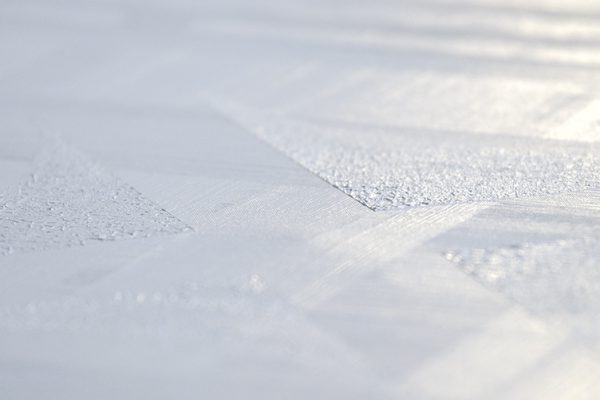Polonia’s Progress: PMA Showcases Renovation Plans to Esteemed Visitors
Discover the exciting visit to the Polish Museum in America by prominent guests from the Ministry of Foreign Affairs and the Consulate General of Poland in Chicago. Explore their insights into the museum's renovation project and its role in the "Polonia Infrastructure 2024" grant competition. Stay connected with us for
What you see is not what you see, and I want you to see what you want to see
The 7th charity exhibition by Dr. Blazej Lojewski, in support of the School and Educational Center for Blind Children in Laski, was held on February 5th at 3 PM at the Polish Museum in America.
Happy International Museum Day!
We're so grateful for our visitors and community, who have supported us since our establishment in 1937 as the Museum and Archives of the Polish Roman Catholic Union of America.
Potter working a piece of clay
Dolphins have a streamlined fusiform body, adapted for fast swimming. The tail fin, called the fluke, is used for propulsion while the pectoral fins, together with the entire tail section, provide directional control. The dorsal fin, in those species that have one, provides stability while swimming. Though varying by species,
Painting the imaginations
Dolphins have a streamlined fusiform body, adapted for fast swimming. The tail fin, called the fluke, is used for propulsion while the pectoral fins, together with the entire tail section, provide directional control. The dorsal fin, in those species that have one, provides stability while swimming. Though varying by species,








Recent Comments